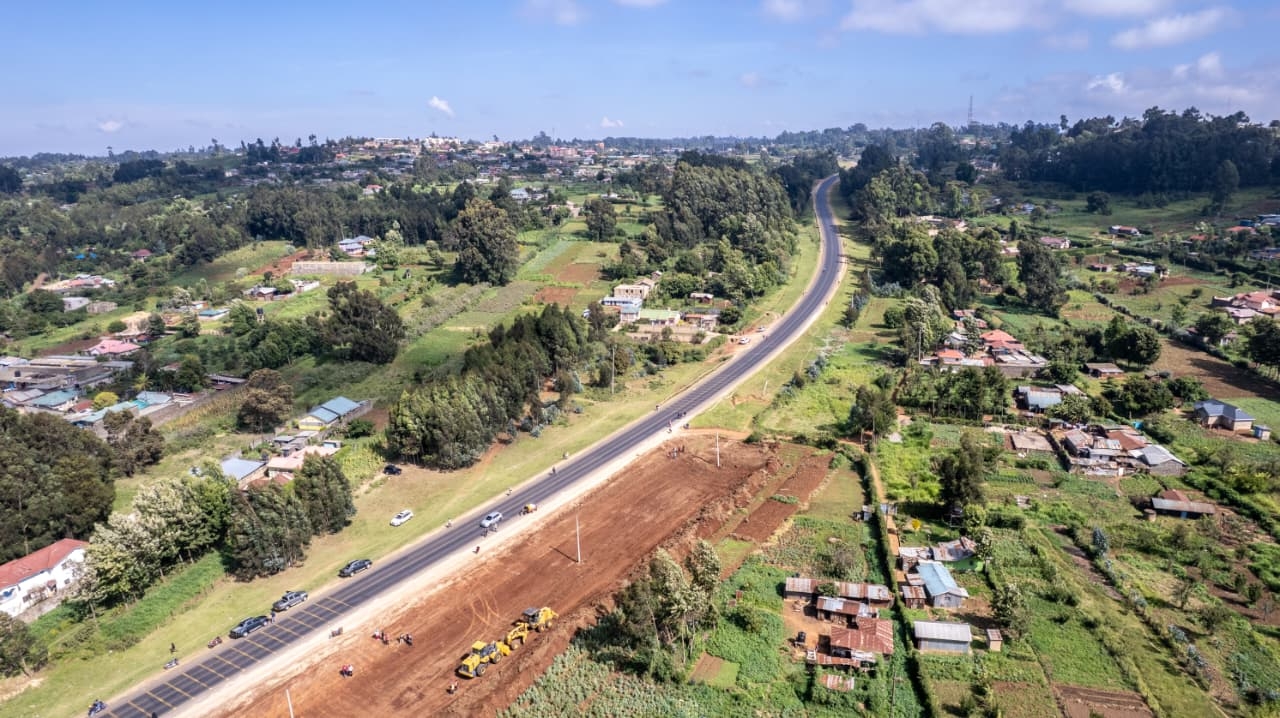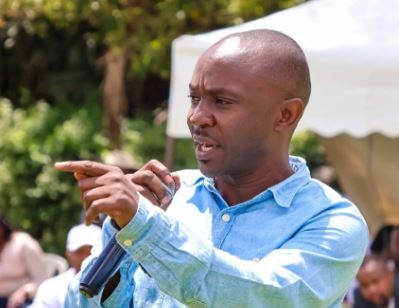Most people assume that people who are obese got to be so by eating too much.
And many try diet changes and working out to cut their weight with no success.
Bariatric, metabolic, robotic and endoscopic surgeon Mohit Bhandari says many people have the wrong conception that obesity is caused by eating more and excising less.
The surgeon, who has performed more than 20,000 metabolic paediatric procedures, termed it an old, flawed concept.
"It should not be considered that way because obesity is affected by many things," Bhandari.
"There are patients who have genetic issues or hormonal problems or metabolic issues. It is possible to suffer from obesity without eating too much despite exercising sufficiently."
Bhandari said weight loss surgeries are meant to help patients lose a good amount of weight, up to 25-30 per cent of their total weight.
He said the surgeries are also done to help treat patients with health complications associated with obesity, such as type 2 diabetes, hypertension, sleep apnea, back and joint pains, depression and menstrual irregularities.
Bhandari said different procedures are performed to help people lose weight.
"All these procedures are done by minimally invasive techniques. By Laparoscopic method," he said.
Bhandari said there are neither big incisions nor big scars left on the body, and the patient can be discharged in 48 hours after a weight-loss procedure.
He said Laparoscopic surgeries can be of different types.
The first one can be a gastric sleeve, where the stomach is converted into a banana shape, resecting the diseased portion of the stomach, which secretes certain hormones that cause obesity and causes insulin resistance.
The other procedure is a gastric bypass. This is where doctors make a pouch of the stomach and bypass a small part of the intestine.
"The outcome is that the patient will not only lose weight but also get their diabetes treated because sugars are not absorbed and certain raw insulin hormones are secreted, which decreases the insulin resistance," Bhandari said.
The third procedure is a mini gastric bypass. This procedure is for patients who have a lot of weight. Because they would require a large amount of bypass.
"It is essentially done for patients who are super obese, with a body mass index of more than 60 or 70. It is a very safe and effective procedure for this group of patients," he said.
Bhandari said the procedures can be done without leaving any scars.
The surgeon said there is a mini port or a single port through which all the instruments go in the navel. The scar is thus hidden in the umblicus (navel).
Possible side effects after such a procedure.
Usually, after the procedure, Bhandari said, the patient is instructed to take multi-vitamins for six months and consume 1.5 per gram per kg bodyweight of proteins.
"If they follow the instructions to the letter, usually there is no problem in terms of multi-vitamin or protein deficiencies, and most patients will do good," he said.
"If the patient goes against doctor's advice, they end up suffering from multi-vitamin and protein deficiencies. Though it is easily manageable by still going back to the multi-vitamins and at the same time, starting trace elements and micronutrients."
Another issue that could arise is nausea, vomiting and gastritis.
Bhandari said nausea, vomiting are not very important as they can be solved easily by a dose of anti-acid as well as certain modifications in the diet.
How the procedures affect weight loss
Bhandari said because weight gain is affected by genetic, hormonal and metabolic issues, paediatric metabolic surgeries are performed because they change the entire hormonal ecosystem inside the body.
He said the surgery also affects the quantity of food people eat.
Bhandari said all the hormones which oppose insulin are taken care of after the paediatric metabolic surgeries.
"So the pro-insulin intake hormone secretors are increased after paediatric metabolic surgery," he said.
Insulin causes weight gain as it regulates how the body absorbs sugar. Thus, if one has insulin resistance, there are less sugars being absorbed into the body, resulting in elevated blood sugar levels, which can lead to weight gain, pre-diabetes and type two diabetes.
Bhandari said losing weight with insulin resistance is more difficult because the body stores excess blood sugar as fat.
What happens to the excessive skin after the weight reduction surgery?
Those who lose a lot of weight can have some excessive skin, which can occur in the abdomen, breast, thighs or back.
For this, Bhandari said one can get a cosmetic paediatric procedure to get rid of the excess skin.
"Only two to three per cent of our patients who lose massive weight require these cosmetic procedures," he said.
"If you do not want hanging skin, immediately after the surgery (immediately means at least a month), start to take 1g per kg body weight of proteins, build up some muscle mass and replace the fat with muscle, and you will not require any other cosmetic surgery."
















